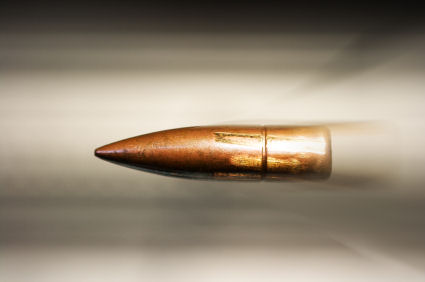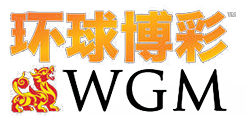It wouldn’t be too far out of line to suggest that the single most important skill in poker is the ability to recognize opportunities: opportunities to raise, opportunities to extract value and of course opportunities to bluff.
The first two are pretty straight forward – you’ll almost always be opening the pot with your strong hands and betting for value with them too – but what about the bluff? It’s one thing to recognize an opportunity, but can you pull the trigger?

A common scenario springs to mind. An early or mid-position player (let’s call them Player A) opens the pot with a raise, a second player (Player B) calls and then a third (Player C) comes in for a re-raise, or what is commonly referred to as a “squeeze”. The “squeeze” is a very effective play, because in today’s aggressive games Player A’s range should be reasonably wide, and Player B didn’t raise so their hand figures to be speculative at best. Player C therefore knows that if he can get Player A to fold, Player B is likely to fold too. If Player A 4-bets, Player C can simply fold his hand unless he happened to be squeezing with a premium hand.
What we have, then, are two likely results – either Player C’s squeeze works and both opponents fold, or Player A 4-bets and B and C fold.

But what about Player B? Assuming the dynamics of the situation are correct, Player B could be missing one of those vital opportunities we’ve been speaking about. We know that Player C should in theory be squeezing with a wide range of hands. And if Player C does squeeze, we’ll know exactly what Player A is doing before the action is back on us. So, assuming Player C is capable of a bluff “squeeze” and Player A folds as a result, this must therefore be a great chance for Player B to bluff-shove.
Even if Player C is making a perfectly reasonable “squeeze” with a hand like A-J, or even better, K-Q, he almost certainly can’t call a shove here.
Having said that, there are two caveats to this scenario. One is that, if you are planning to add this move to your arsenal, you should balance your range. That is, rather than restrict it to the speculative hands Player B would usually have when he calls pre-flop, you should do the same sometimes with Aces or Kings if you know you have an aggressive player behind you. That way, a smart player won’t be able to clue into the fact that you are always shoving here as a bluff.
Second, it’s not always going to work. Sometimes Player C is going to have a real hand, others he will call you down a little lighter than you expected. Don’t let that deter you. Provided you’ve been paying attention at the tables and recognize that a genuine opportunity awaits, you could well have found a brand new way to boost your stack!







